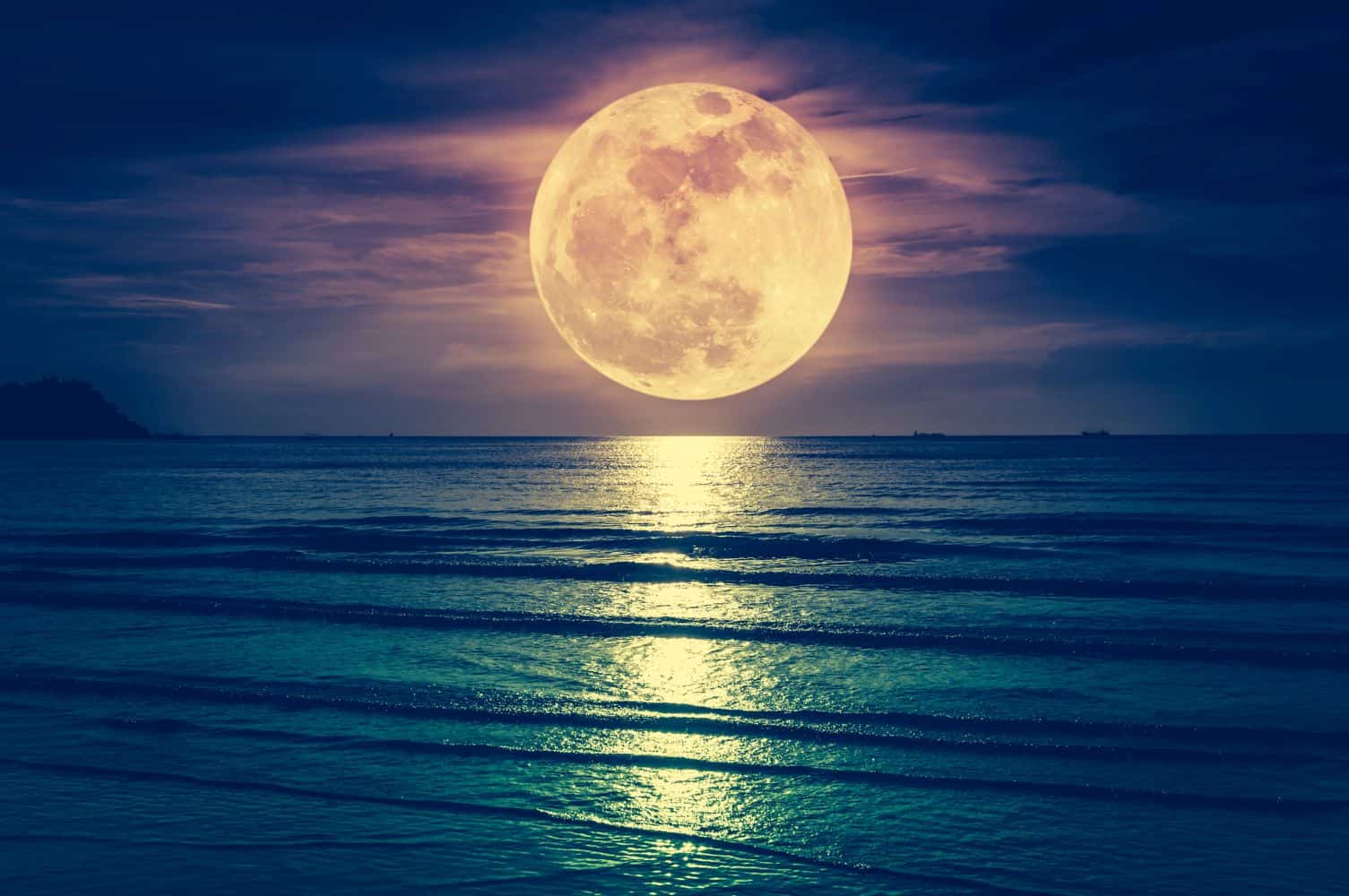The October supermoon - which will be visible in South Africa - will the first of three back-to-back supermoons this year.

Lunar lovers and stargazers are in for a celestial feast this month with a supermoon and two meteor showers set to light up the October night skies.
The first supermoon of 2025 rises tonight (6 October) close to the gas giant Saturn – the same night that the Draconid meteor shower is set to begin.
Here’s what you need to know about the full “Harvest Moon” before it rises in the east to put on a magnificent show!
When will be the best time to see the October supermoon in SA?
Following hot on the heels of September’s rare blood moon eclipse, the October supermoon will be visible from Monday night into early Tuesday.
South African astrophiles will only be able to get the “ultimate supermoon experience” at 5.47am on Tuesday, 7 October, when it reaches its full phase in the southern hemisphere.
However, while the best time to see the moon is when it is at its peak (11.48pm EDT on Monday, 6 October), it will appear full all night and even for a couple of days after.
“The joy of a full moon is that if it’s cloudy in your neighbourhood on Monday night on the 6th, you can look Tuesday, and the moon will still look fairly full,” said Noah Petro, project scientist for NASA’s Artemis III mission, which aims to land astronauts near the lunar south pole in 2027.
What is a supermoon?
A supermoon – a term coined by astrologer Richard Nolle in 1979 – refers to a full or new moon that is within 90% of its closest point to Earth. The phenomenon is known as “perigee”
According to NASA, the October supermoon will look 30% brighter and up to 14% larger than it usually does.
‘Bonus features’
According to Space.com, moongazers may also be able to observe the full moon adopt an orange-yellow hue in the hour following moonrise as Earth’s atmosphere scatters the blue light reflecting from its surface, while allowing longer, redder wavelengths through.
Saturn will be visible shining a little over 15 degrees to the upper right of the supermoon as it rises, with the four stars of the Square of Pegasus asterism forming a diamond directly above the lunar orb.
Why is the October supermoon also called a Harvest Moon?
The October supermoon is also called a “Harvest Moon” because it’s the full moon event closest to the autumnal equinox, or the first day of fall.
Historically, the moon’s bright light helped farmers complete their harvests for the year, according to The Old Farmer’s Almanac.
Where to watch online
For those unfortunate souls who revel in this celestial, there is always the option of watching it online.
The Virtual Telescope Project is hosting a live online observation of the Harvest Supermoon on October 7, 2025, the day after the supermoon’s peak on October 6th. You can watch the event on The Virtual Telescope Project 2.0’s WebTV page.
Another two supermoons on 2025 celestial calendar
October’s supermoon might be the first to grace the night skies this year, but it won’t be the last. Another two more full moons – one in November and one in December – will occur before the end of the year.
The supermoons will fall on the following dates, according to the Old Farmer’s Almanac:
- Beaver Moon – Wednesday, 5 November
- Cold Moon – Thursday, 4 December
More October skywatching highlights: Meteor showers
October also brings us the opportunities to observe two meteor showers:
- Oct. 6-10: The Draconid meteor shower
- Oct. 21: The Orionid meteor shower peaks (full duration Sept. 26 – Nov. 22)
The Draconids
The supermoon may be too bright to allow stargazers to enjoy the Draconid meteor shower fully on 6 October.
However, if you’re lucky and there are some periods of darker sky, you might witness the first of October’s meteor showers until 10 October.
According to NASA, the Draconids peak around 8 October. The meteor shower comes from debris trailing the comet 21P Giacobini-Zinner burning up in Earth’s atmosphere.
These meteors originate from nearby the head of the constellation Draco the dragon in the northern sky, and the shower can produce up to 10 meteors per hour.
The Orionids
Next up is the Orionid meteor shower which happens when Earth travels through the debris trailing behind Halley’s Comet and it burns up in our atmosphere.
The full duration of the meteor shower stretches from 26 September to 22 November, but your best bet to see meteors is on 21 October from before midnight until around 2am.
With a moonless sky, you’re much more likely to observe the celestial “fireworks”: Look to the southeast sky (if you’re in the northern hemisphere) and the northeast (if you’re in the southern hemisphere).
NOW READ: PICTURES: Blood Moon as seen from Johannesburg, and elsewhere






